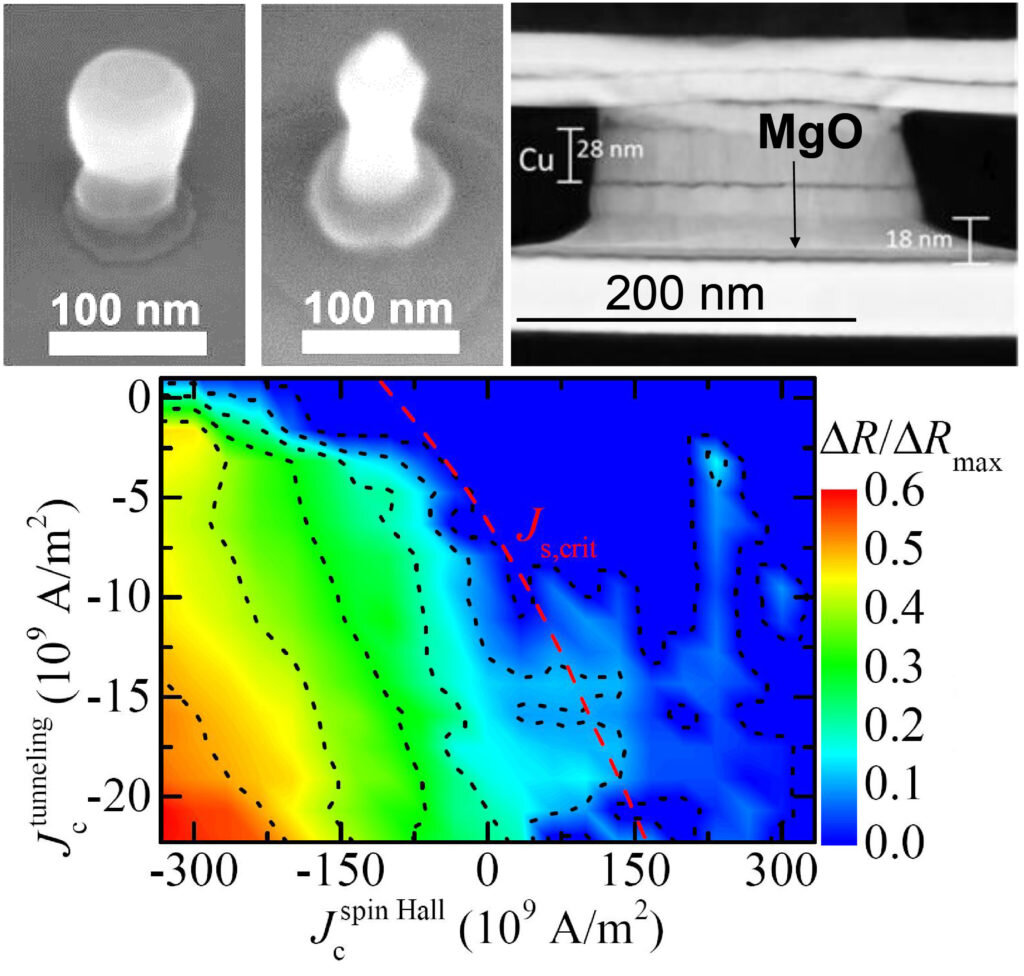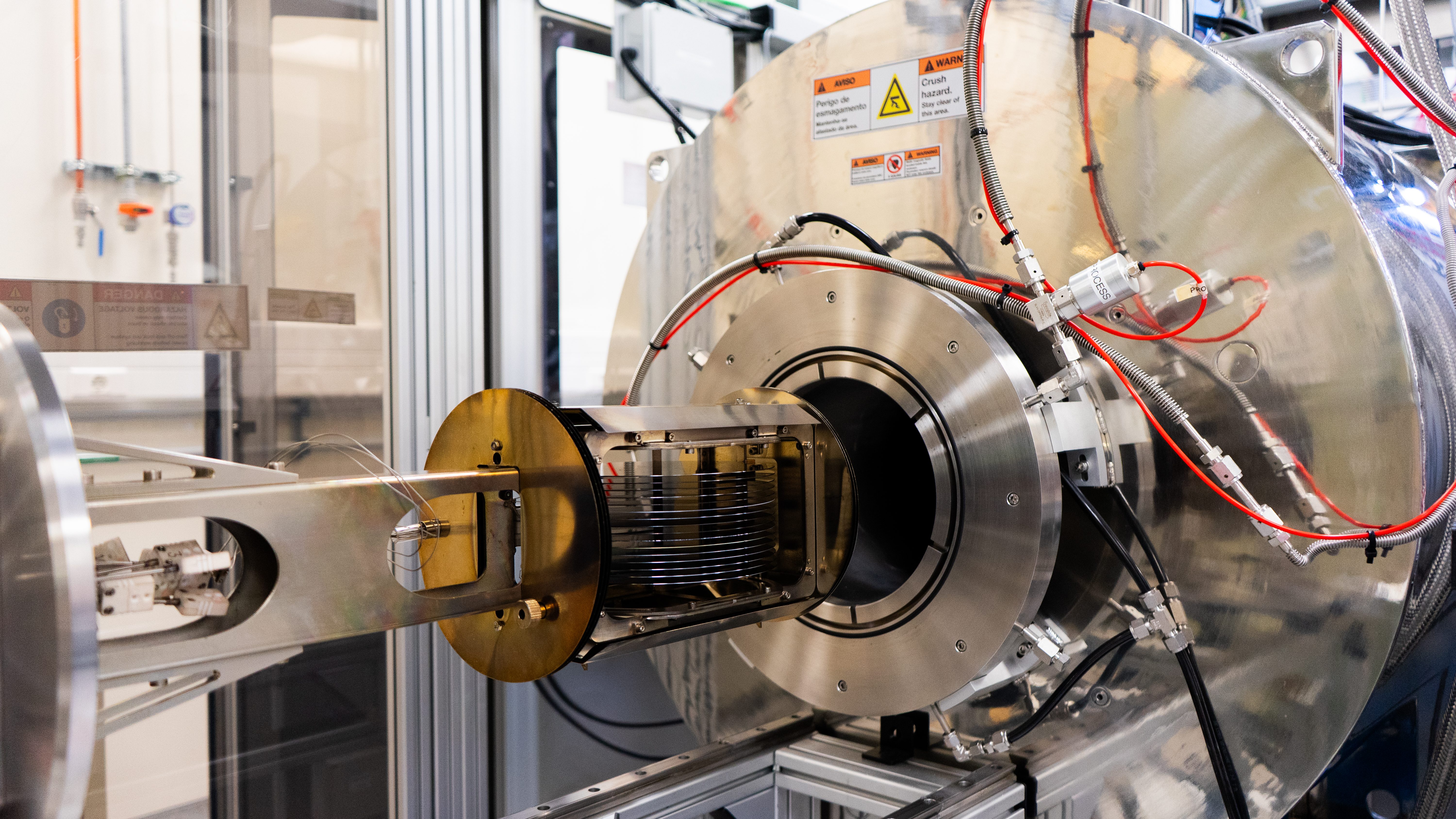
INL develops new spintronics nano-oscilator prepared for the demands of IoT
August 19, 2019
The Spintronics research group at INL, in collaboration with other groups from INL and the University of Regensburg, have recently developed a nano-oscillator, attempting to overcome one of the limitations of state-of-the-art magnetic-tunnel-junction devices (MTJs). As many of you know, MTJs can sense magnetic fields, but nanostructured MTJ can also be used as fast access memories or low power oscillators, which are often used in digital processing units and wireless communication. Through a PhD thesis work that started in 2013 by Tareq (M. Tarequzzaman) and his supervisors Ricardo Ferreira and Paulo Freitas at INL, they managed to combine two prominent effects of the Spintronics research field, the spin-polarized tunnelling and the spin Hall effect, into a single device, the nano-oscillator (published earlier this year in Communications Physics “Spin torque nano-oscillator driven by combined spin injection from tunneling and spin Hall current”.
Within this nano-oscillator device, spin current forces the magnetization of a layer made out of Cobalt, Iron, and Boron, to oscillate around its equilibrium position. But how is this spin current created?
When an electron passes from one electrode, through the thin insulating material, to a second electrode, we say that the electron “tunnelled” through. This notion of an electron current flowing through an insulating layer is “forbidden” in classical physics, but is indeed possible in quantum mechanics due to the wave-like nature of electrons.
And when we consider that electrons have different spin orientations, this tunnelling current can be “polarized” having more electrons of one spin orientation than the other, thus a spin-polarized tunnelling current occurs.
The second phenomenon, the spin Hall effect, is used to convert a charge current into a pure spin current (a flow of spins with zero net charge flow) and thus contributing to the total spin current that makes this device actually oscillate!
The oscillator’s performance increases with the strength of this spin current.
Typical MTJs work based on the spin polarization tunnelling phenomenon, but this is limited because large voltage values can permanently damage the junction. The Spintronics group at INL has overcome this limit by generating an additional spin current via the spin Hall effect in a Tantalum line below the MTJ.
“There is a real chance that these devices will find a way into modern electronic components, due to their small footprint, low energy requirements, and their function as non-volatile memory” states Tim Böhnert, a staff researcher working closely in this area at INL, together with other electronic experts from the Aarhus University in Denmark. Tim emphasizes that these characteristics align conveniently with requirements for applications in the Internet of Things devices and neural networks.
The editor of Communications Physics summarizes that “the combination of two excitation methods, spin-polarized tunneling current and pure spin Hall current, allows to achieve greater injected spin current densities and power output than by each individual mechanism.”
Tareq, who is now working as a Research and Development Engineer at Analog Devices in Ireland, said that “the biggest bottleneck of the spin Hall nano-oscillators is to effectively combine the two spin current sources in one oscillator. This has been overcome in our project which is a groundbreaking work in nano-oscillators research.”



